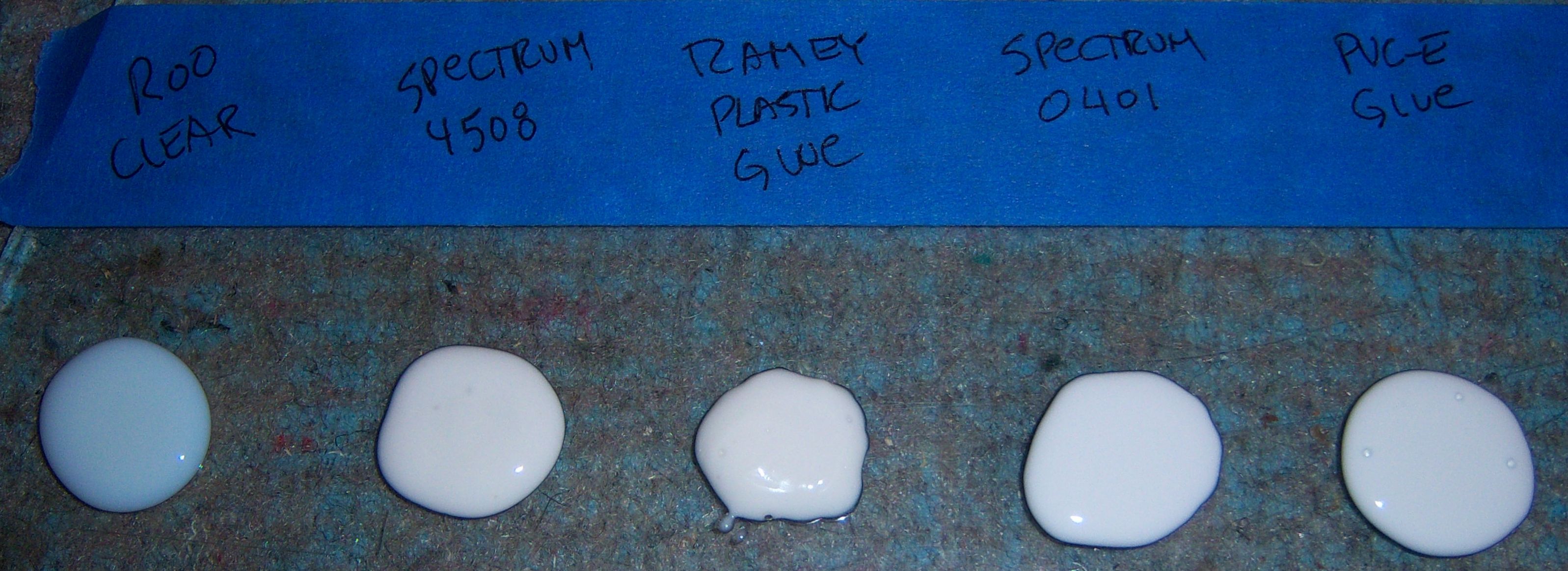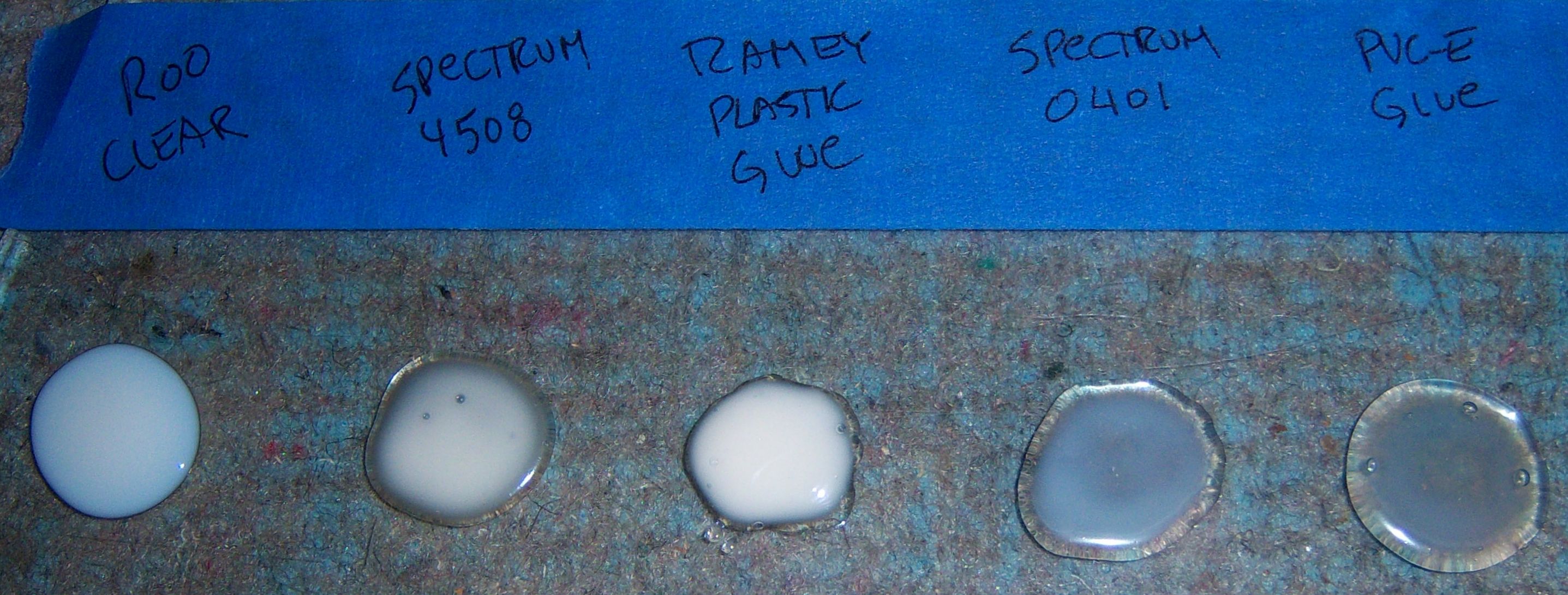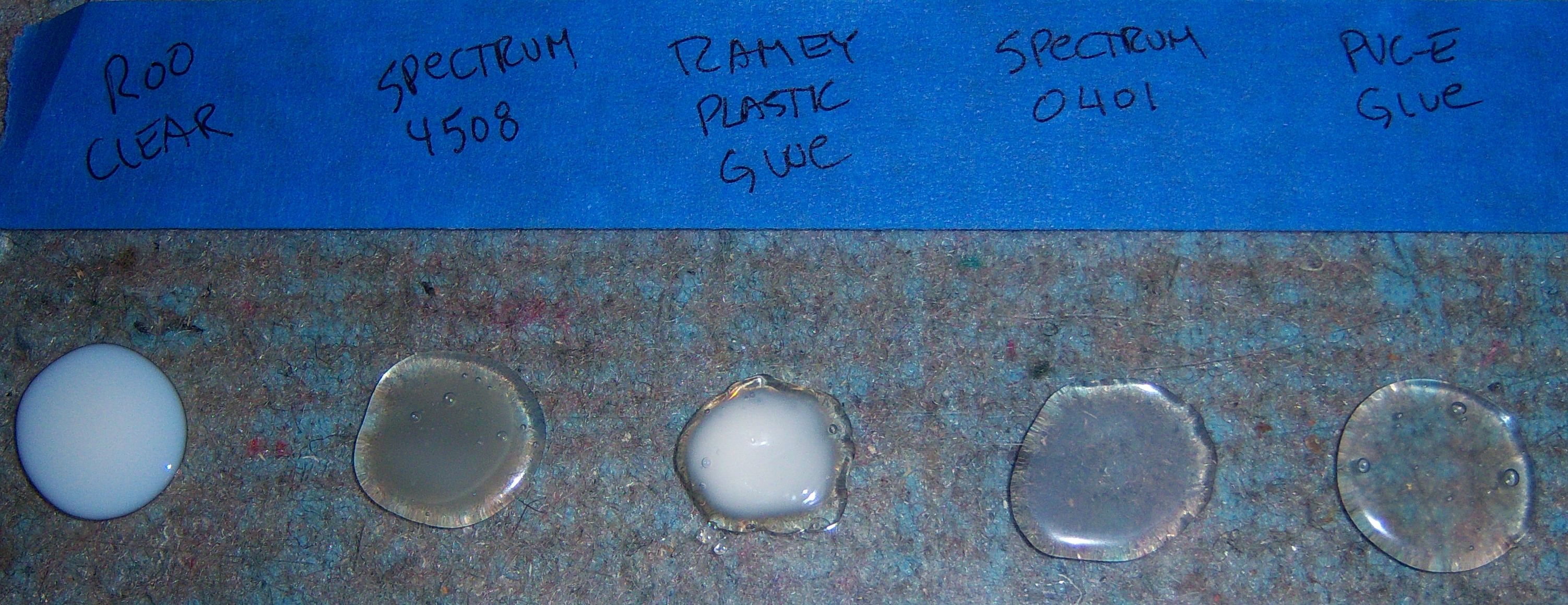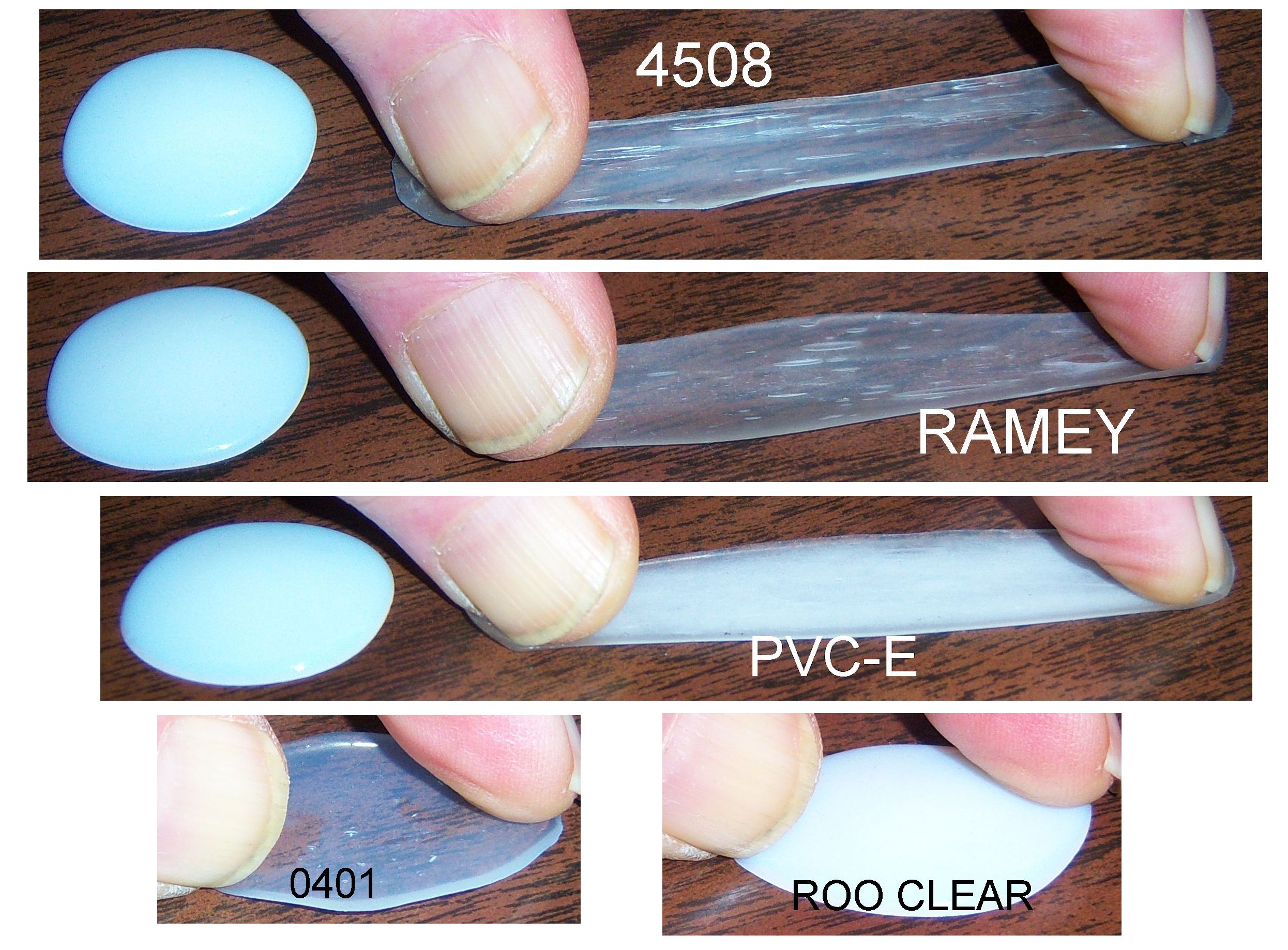
|

|

|

|

|

|
| Home | Manuals | Supplies | Search | Consult | Contact | Testing | Service |


Evaluating
|
|
To be clear, the purpose of this web page is NOT to disparage the manufacturers or the businesses that sell other types of glue. I realize that every glue has an intended purpose. In 2018, when faced with the reality that the company that made PVC-E glue had closed, it became necessary to find a suitable replacement glue. I solicited opinions from a number of professionals and then obtained samples of three different glues. While I don't have a laboratory, I did purchase some testing equipment in the effort to perform meaningful and repeatable tests. Primarily, my goal was to find a glue that provided the strongest mechanical bond between the wood, on small-to-medium size player piano bellows, and the rubber coating on nylon bellows cloth. I should also state that after I started using hot animal hide glue in the mid-1980's to do player piano restoration work, I stopped using PVC-E glue when recovering bellows. Then, when cotton-backed striker pneumatic cloth became unavailable in 2017, it became obvious that I would have to start using a plastic glue again. However, as an active member of the Mechanical Music Digest, I had read over 100 articles about plastic glues. With regards to how well they did (or didn't do) the job, the opinions expressed by various people were all anecdotal in nature. And, I knew that if I was going to sell nylon cloth and plastic glue, I needed to make sure that the glue I sold worked well with the cloth. Also, I had been told that hot hide glue worked well with nylon cloth. However, I was never able to get it to bond well to the rubber coating or the nylon. For my experiments, I used PVC-E glue, a glue sold by D.C. Ramey, Spectrum 0401, Roo Clear, and Spectrum 4508. I started by putting a 'puddle', about the size of a Susan B Anthony dollar, of each glue on a piece of plate glass. My intentions were to see how fast the glue dried and how well it stuck to the glass. I selected glass because I figured it was the least porous material available and I could easily see through the glass to determine when the glue was dry. I was somewhat surprised to find that after an hour, none of the glues showed any obvious sign of drying (see image below).
 After 18 hours, all of the glues were dry to the touch (on the surface). However, as you can see below, they weren't all dry. Also, the Roo Clear, Ramey, and PVC-E glues all felt slightly 'tacky' or 'sticky' on the surface. (See image below.)
 After 43 hours, all of the glues were 'dry' to the touch except the Ramey glue, which was still slightly 'soft' feeling in the middle. The Roo Clear and Spectrum 0401 were 'hard' to the touch and appeared to be 100% dry. The PVC-E, Spectrum 4508, and Ramey glues also had a slightly 'sticky' feel.  After 48 hours, all of the samples were carefully removed from the glass to see how they felt. They all had different properties, which I will attempt to explain. First, they all came off of the glass with about the same amount of effort. I grabbed an edge with my fingernail and pulled each piece off slowly. So, they were all stuck to the glass about the same amount. However, they didn't all 'feel' the same. The Roo Clear and the Spectrum 0401, though still 'flexible', were markedly 'stiffer' than the rest. The Ramey, PVC-E, and Spectrum 4508 felt 'rubbery' (very flexible). Another marked difference in the way the samples felt can only be explained as their 'stickiness'. The Roo Clear, Spectrum 0401, and PVC-E glue didn't feel 'sticky' at all. They felt 'dry' to the touch. However, the Ramey and Spectrum 4508 felt like the adhesive on a Post-It note. Of the two, the Ramey felt more sticky than the Spectrum 4508. Next, was their 'stretchiness'. As might be expected, the samples that were both 'sticky' and 'rubbery' (Ramey and Spectrum 4508) were easily stretched to three times their original size. However, using the same amount of force, the PVC-E glue stretched just as much as the other two (Ramey and Spectrum 4508). The Roo Clear and Spectrum 0401 were not easily stretched. In fact, with the same amount of force, they only stretched to about 30% more than their original size. After stretching the samples, I let them relax to see how much they would 'rebound' to their original size. In order from best amount of rebound to least amount of rebound, here are the results: Spectrum 0401, Roo Clear, Spectrum 4508, Ramey, PVC-E. The pictures below are my attempt to demonstrate the 'stretch' and 'rebound' characteristic of the samples.


As noted in the video at YouTube: "I tested three types of thin pneumatic cloth. There were six tests in all. Only two of them are worth reporting. The first one is the old traditional 0.008" cotton/rubber cloth that was used for decades. The second is a 0.0045" synthetic/rubber cloth sold by Herzog in Germany. In both cases, the cloth side was glued to the wood with hide glue. The results surprised me..." BTW, gluing the cloth side of striker pneumatic cloth to the wood is not the conventional way the job is done. Normally, the rubber side is glued to the wood. This experiment was done to see if the hide glue/cotton cloth stuck better than the hide glue/synthetic cloth. To see the web page about gluing thin nylon cloth with plastic glue, -click here |

|
Since "Player-Care" is an internet business, I prefer that we correspond via E-Mail (click here to fill out the 'Request Form'). However, if I'm not in the middle of some other activity, you can reach me at 732-840-8787. But please understand that during the hours from 8AM-5PM EST (Mon-Sat), I'm generally quite busy. So, I probably won't answer the phone. If you get the answering machine, please leave a detailed message stating the reason for your call. Also, repeat your name and phone number clearly and distinctly. By necessity, I prioritize everything in my life. And, if you call and just leave your name and number, and ask me to call you back, it might be a day or two before I return your call. Why? Because I don't know why you want me to call and I might not be prepared to assist you in an effective and efficient manner. If you leave me an E-Mail address (which I prefer), spell it out phonetically. The more you do to help me, the more I can help you in return. Don't rush. You have four minutes to record your message. |
|
407 19th Ave, Brick, NJ, 08724 Phone Number 732-840-8787 (Voicemail Only, No Texts) |
